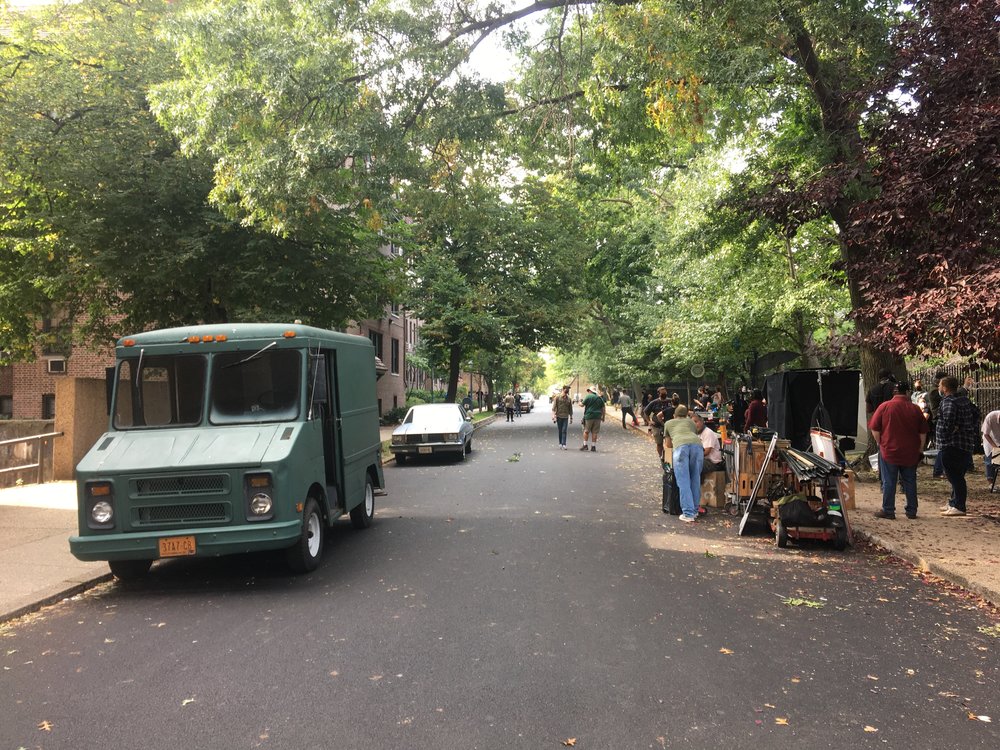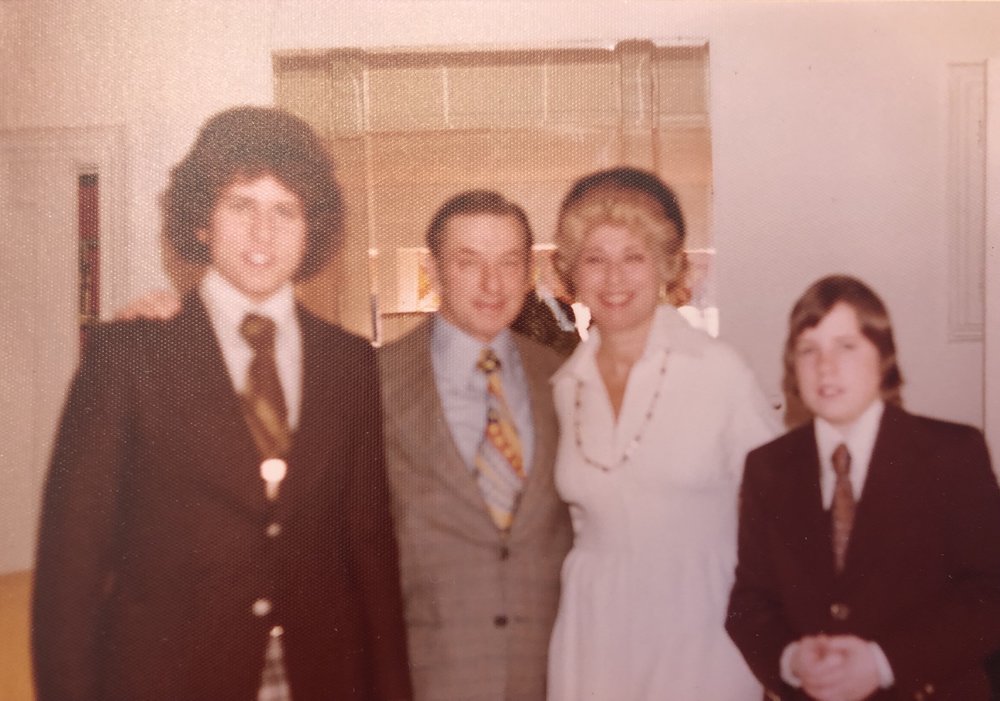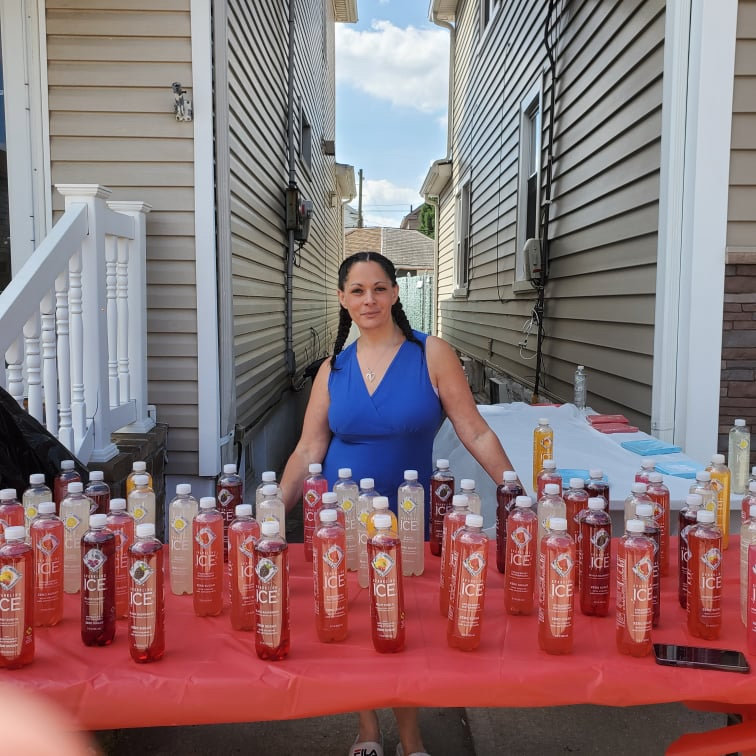CB6 considers demo of Trylon, Tower Diner
For years, preservationists have been fighting to save the 1939 World’s Fair-inspired Trylon Theater and Tower Diner and its distinctive clock tower on Queens Boulevard.
Last Wednesday, Community Board 6’s Land Use Committee held a public meeting and hearing, a first step to determine whether to rezone the triangular block for a 15-story condo proposed by developer Trylon LLC/RJ Capital Holdings.
All but one attendee expressed their opposition to rezoning and demolition of the two buildings.
On Wednesday, Community Board 6 will hold a general meeting, when the committee will provide its recommendation to the full board.
A petition opposing the development launched by Rego Park resident Michael Conigliaro has garnered 3,704 signatures.
“I have seen many changes in this neighborhood, some worse than others, but this proposed change is not just disturbing,” said Carol Hagerty, who has lived near the site on 99th Street for over 40 years, “it is devastating.
“It will block all the sunlight and will not blend in with the architecture and feel of this area,” she added. “What’s worse is that no accommodations are in place to preserve whatever is of historic, architectural, and social value on that block.”
The Tower Diner, which is housed in a former bank, has been in business for approximately 30 years.
“It is a neighborhood landmark in much the same way that Ridgewood Savings Bank is in Forest Hills,” she said. “The same can be said about the Trylon Theater.”
Phyllis Zimmerman argued there is value in preserving a neighborhood’s beauty and character.
“Without that, you could live anywhere,” she said. “Is there no value to the look, feel and character of our neighborhoods? Does anyone in this city ever say no to real estate developers?”
Zimmerman also expressed concerns about how a new residential building would affect parking and put more strain on schools and hospitals.
“These are the crucial things that need to be considered,” she said.
Jacob Chimino, who shops at nearly all of the small businesses included in the development site, testified at the hearing.
“We are opposed to these icons coming down,” he said. “This is part of our community.”
Joanne Davis lives near Tower Diner and passes it on her way home.
“I pass one high-rise and boxy store after another with no discernible landmarks,” she said. “Suddenly. a small white tower asserts itself upward into the skyline and I know that I am almost home.”
The Trylon Theater is currently home to the Ohr Natan synagogue, which has over 1,000 congregants, mostly Bukharian Jews in a close-knit community.
The synagogue offers services, English classes, food for 480 families, and activities benefiting the youth and seniors.
“We the undersigned would like to ask CB6 to deny the application to allow a developer to build a high-rise and demolish a functioning synagogue and many businesses around the property,” several families who attend the synagogue wrote in a statement to CB6.









